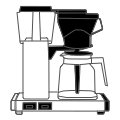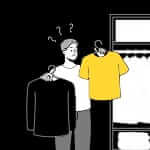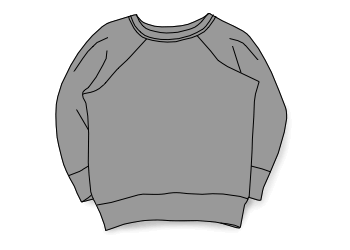In a world where coffee has become more than just a morning pick-me-up, cultivating a deeper understanding of this beloved beverage has become essential for anyone who partakes. When you show up to a coffee shop for a meeting or maybe meet someone for a casual first date, you want to seem knowledgeable—or at the very least, confident in what you're ordering. And for men who appreciate the finer things in life, upping your coffee know-how will elevate your daily ritual from a routine to a truly sophisticated and rewarding experience. Whether you're a seasoned coffee enthusiast looking to brush up or a newcomer to the world of specialty brews, here's a quick guide to help you become a proper connoisseur.

Advertisement
Get a Taste of Coffee Culture & History
There's so many compelling facets of the coffee world that you could explore: From Ethiopian coffee ceremonies that last several hours to the colonial roots of coffee production. And there's no wrong way to dive in and learn.
Start by listening to podcasts. A History of Coffee is a fascinating series by historian Jonathan Morris and documentary maker James Harper, charting the origins of coffee. More visual learners could try the European Coffee Trip, a YouTube docu-series about a globe-trotting pair of coffee nerds.
Then consider reading material. Subscribe to Standart, an independent quarterly magazine centered around the world of coffee. And, bonus, each issue comes with a sample of freshly roasted coffee. There are also several good books on the subject, depending on the area you'd like to know more about.
Go further—literally. Why not book a vacation to the coffee country that excites you most? Not ready for a full pilgrimage? There are virtual tours and online experiences you can book as well.

How to Taste Coffee, $22 by Jessica East

World Atlas of Coffee, $26 by James Hoffman

Uncommon Grounds, $21 by Mark Pendergast
What to Look for on a Bag
Third-wave coffee bags have become something of an art form in and of itself. Like a wine label, they help give you a better sense of the maker and what they stand for. And we're big believers that good taste in package design often translates into a good taste inside. But the bag also communicates vital information that you may want to consider. Often there's a roasting date on the bag: Ideally, you'll be consuming said coffee within the month it was roasted. The bag should also communicate the type of roast (dark, light, etc.) along with tasting notes and country of origin. A lot of experts say that flavor and country of origin go hand in hand. Kenyan coffees, for example tend to be more savory, while Ethiopian varieties tend to be fruity and Colombian beans have chocolate-like notes.
Advertisement
Mastering Grind Size & Consistency
The grind size of your coffee beans significantly impacts the extraction process and is directly related to the type of equipment used in brewing your coffee. For instance, French Press and Pour Over requires a coarse, chunkier grind. Your drip coffee brewers need a medium grind (the size of kosher salt), but an espresso machine requires a fine grind (closer to table salt, almost a powder) to properly extract flavor and aroma from the coffee.





Coarse
Very chunky
Medium
Like Kosher salt
Fine
Like table salt
Develop Your Palate
Like wine, coffee has a diverse array of tasting notes and flavor profiles. Hone your palate by paying attention to the subtle nuances in every type of coffee you try. Bring the cup up to your lips and inhale the aroma, close your eyes and take a sip. What do you taste? Coffee, sure, but what's making up that taste. What's lingering in the background? Like wine, there's no wrong answers here. Train yourself to detect hints of fruit, spices, florals and chocolate in different brews. Try describing it to yourself. Tasting coffee becomes an art form when you can articulate the intricate flavors you detect.

Nail the Lingo
You likely understand “single-origin” and “fair trade”, but do you know your Cortados from your Flat Whites? Or what makes a “dry cappuccino” dry? To truly immerse yourself in the coffee landscape (and to ensure you have confidence when speaking to others) familiarize yourself with the terminology. Coffee Made Better created a pretty handy cheat sheet for anyone who's “been thoroughly confused by a shop menu or coffee bag” or “ostracized by a coffee snob.” It will not only help you navigate coffee shop menus, but also engage in meaningful coffee conversations with others.
Go Local

Want a firsthand education? Search for local roasteries in and around your area. Stop by to see what they’re up to and if a tour is available. At the very least, pick up some freshly roasted beans and talk with the staff. They’ll be happy to nerd out with a fellow aficionado.
Advertisement
































